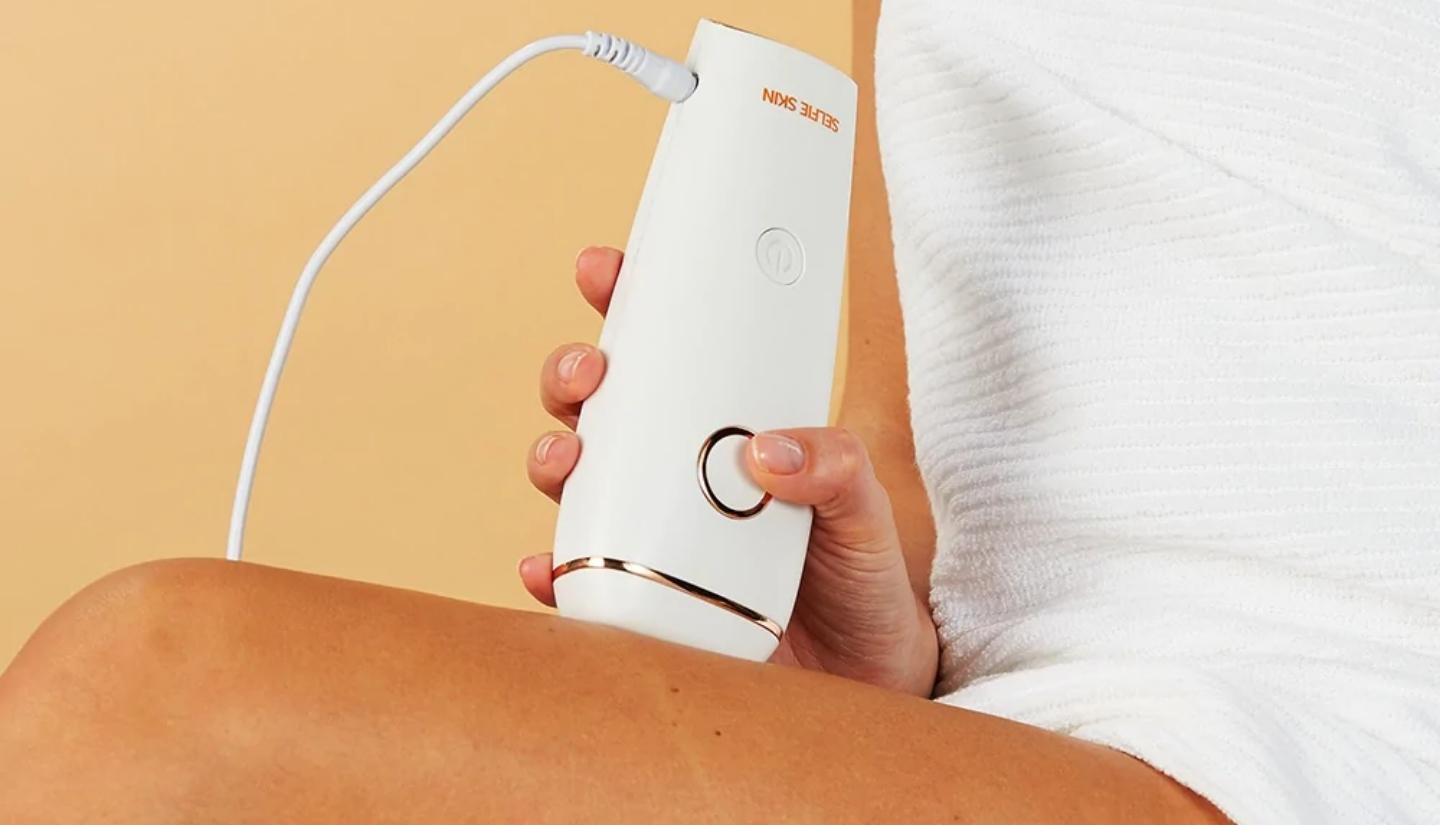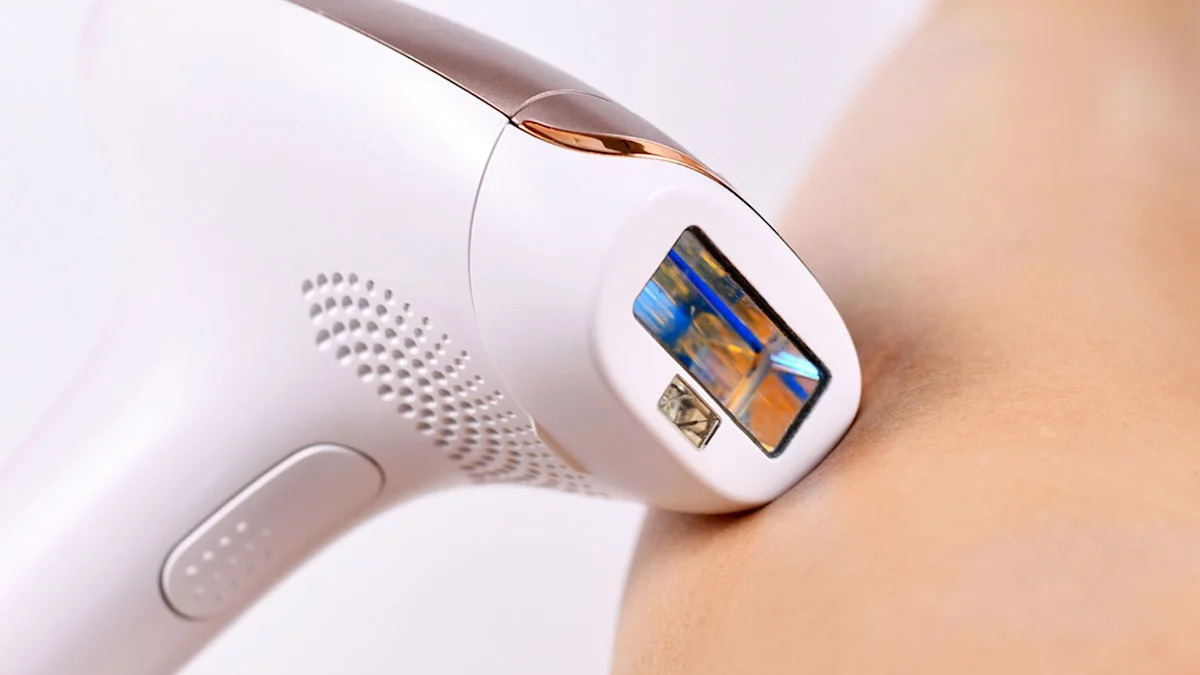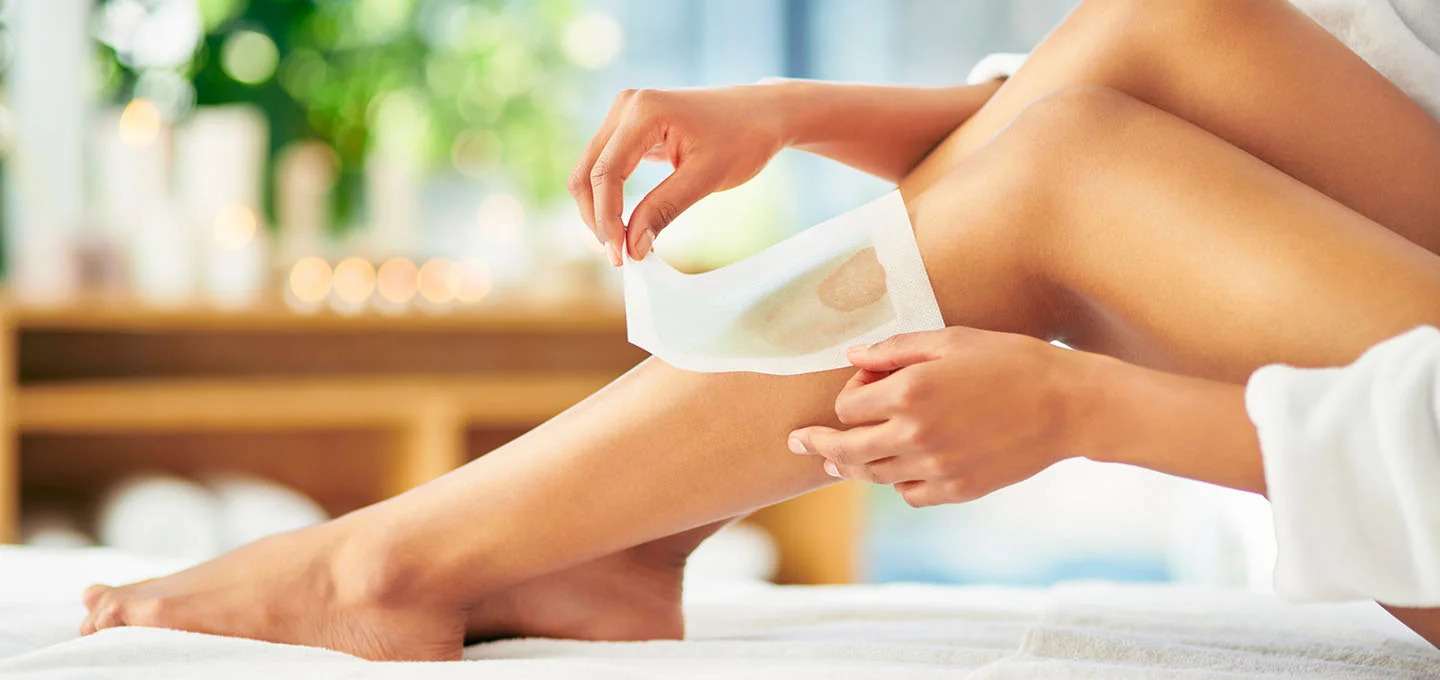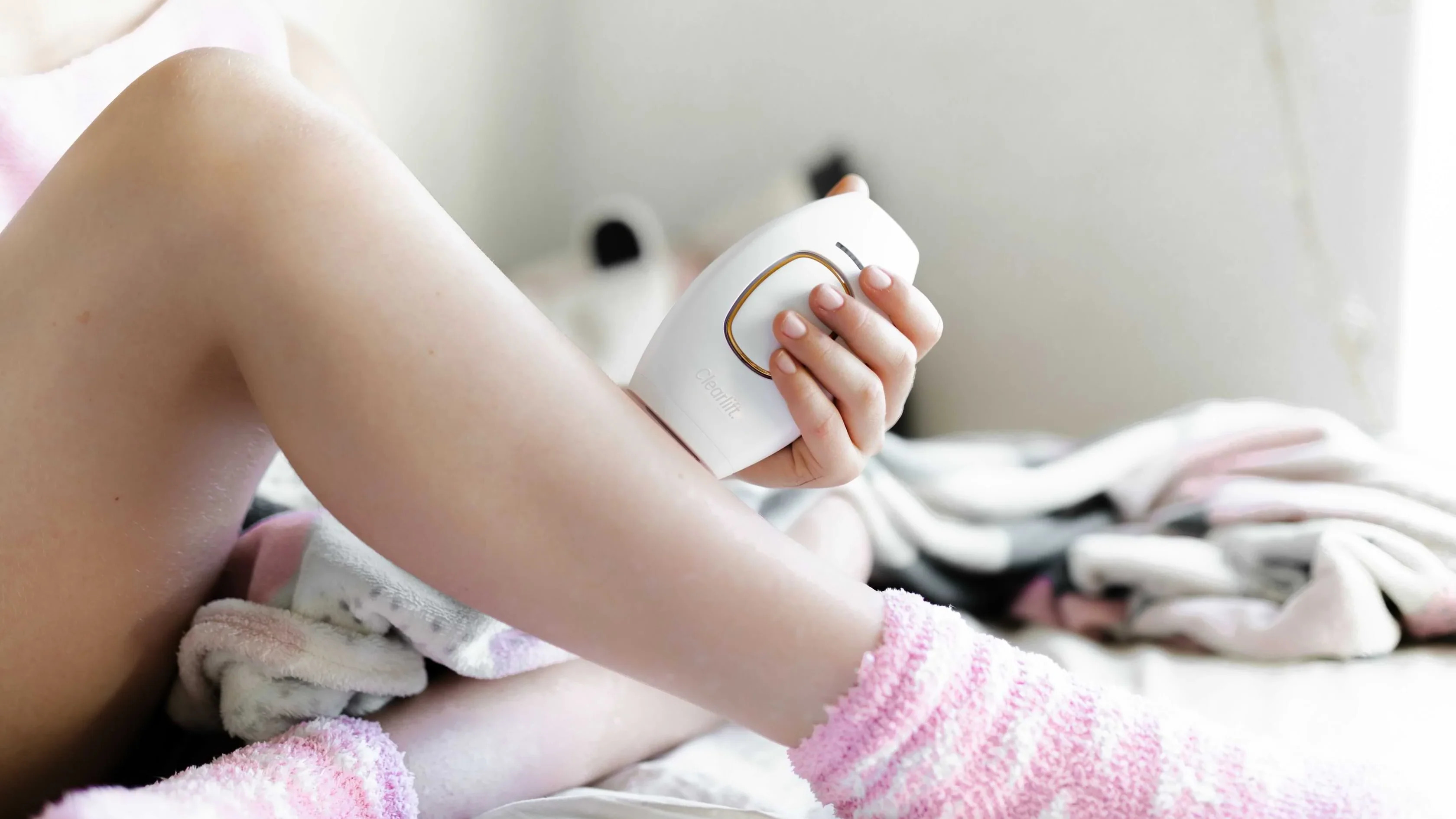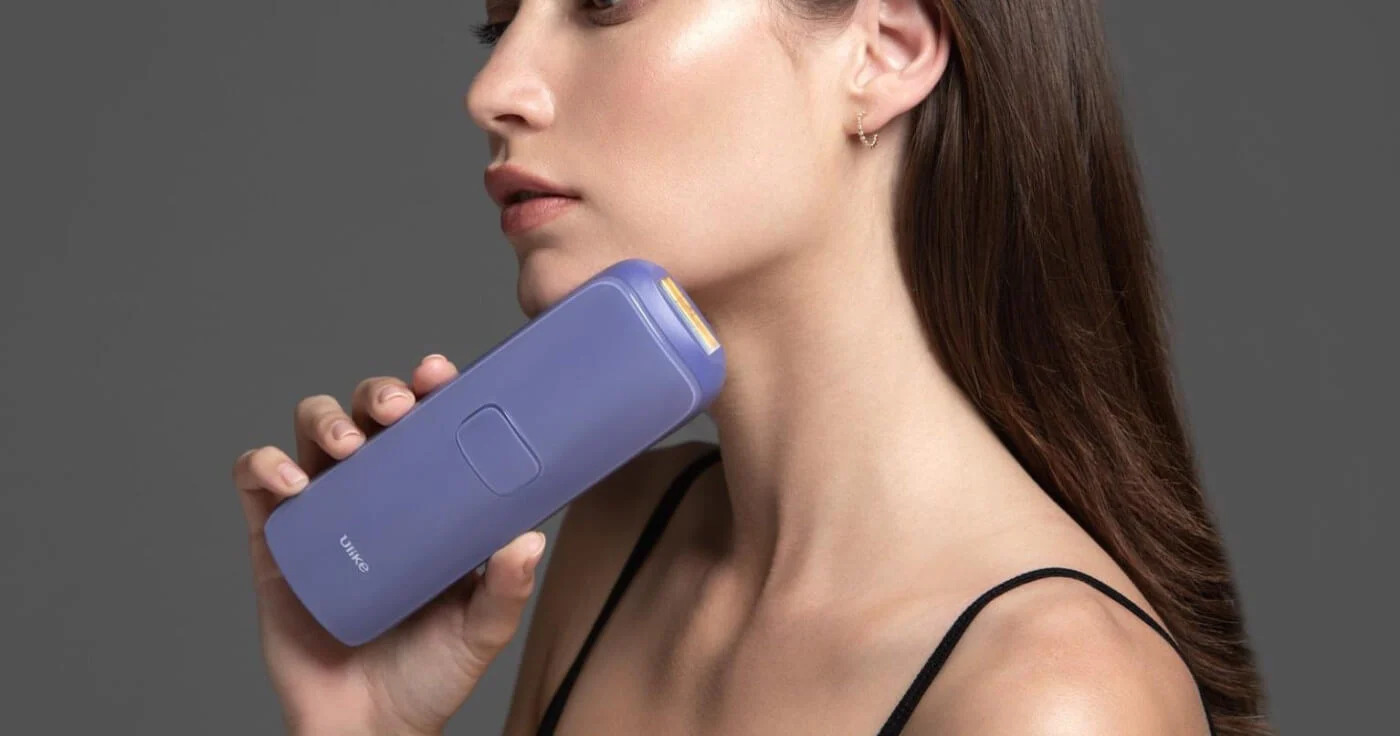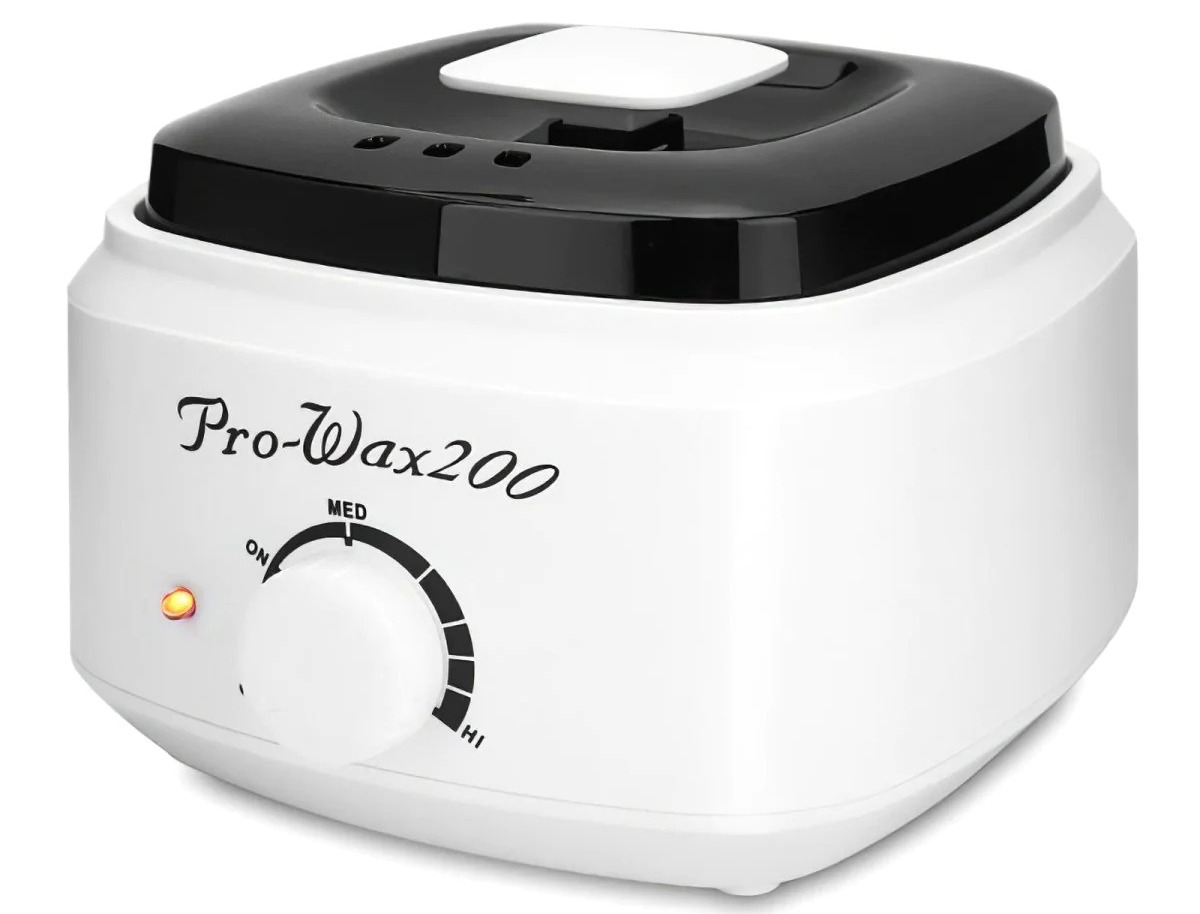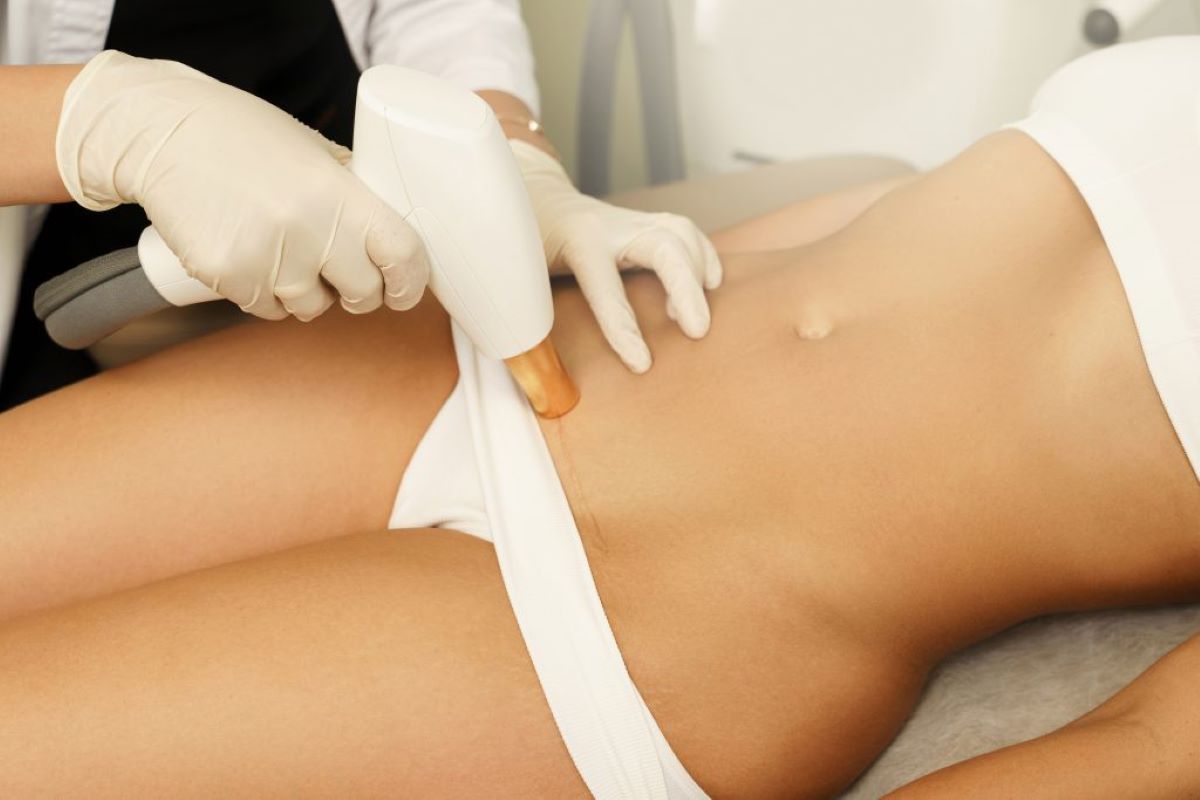Home>How-to Guides>For Women>How To Use Hair Removal Cream
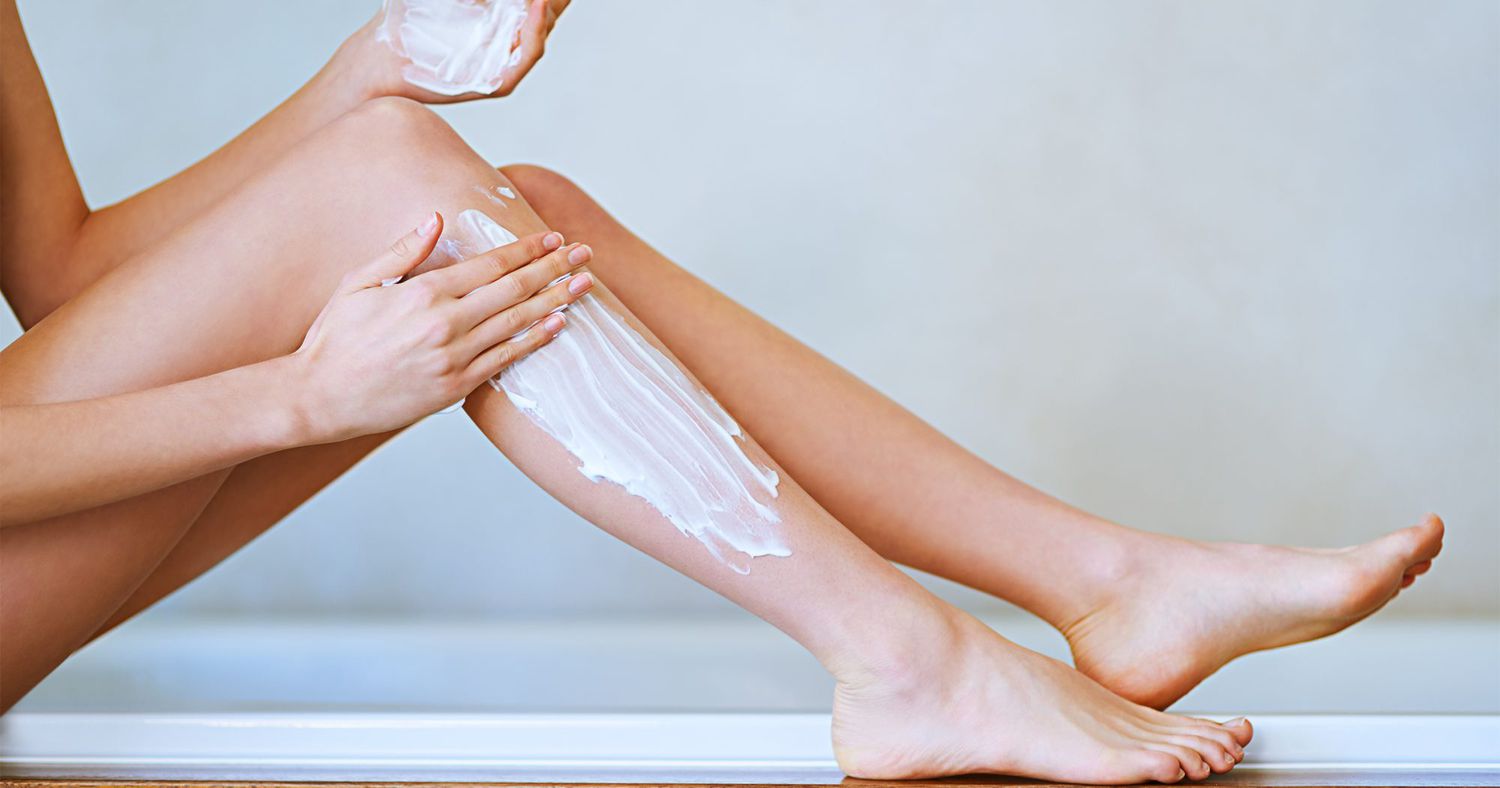

For Women
How To Use Hair Removal Cream
Modified: August 5, 2023
Learn how to effectively use hair removal cream for women. Find tips and tricks to achieve smooth and hair-free skin at home.
(Many of the links in this article redirect to a specific reviewed product. Your purchase of these products through affiliate links helps to generate commission for Under-tec.com, at no extra cost. Learn more)
Table of Contents
Introduction
Hair removal is a common and personal grooming practice for many women. While there are several methods available, hair removal creams have gained popularity due to their ease of use and effectiveness. Hair removal creams, also known as depilatory creams, work by dissolving the hair at the surface of the skin, making it easy to wipe away. They offer a convenient alternative to shaving or waxing, as they can be used in the comfort of your own home and provide longer-lasting results.
In this article, we will explore the world of hair removal creams and provide you with a comprehensive guide on how to use them effectively. Whether you’re a first-time user or looking to improve your technique, this article will walk you through the entire process, from understanding the different types of hair removal creams to post-treatment care and tips.
We will also discuss safety precautions you should take to ensure a smooth and irritation-free experience. By following the tips and guidelines provided, you will be able to achieve smooth and hair-free skin without any hassle.
Understanding Hair Removal Cream
Hair removal creams are specially formulated products designed to remove unwanted hair from the body. They contain active ingredients, such as calcium thioglycolate or potassium hydroxide, which break down the structural protein keratin, found in hair. When applied to the skin, the cream starts to dissolve the hair shaft, making it easy to wipe away.
One of the key advantages of using hair removal creams is that they provide a painless and convenient hair removal solution. Unlike waxing or epilating, which can be uncomfortable or cause skin irritation, hair removal creams offer a gentle and hassle-free experience. They are suitable for use on various parts of the body, including legs, arms, underarms, and the bikini area.
Hair removal creams are available in different formulas, including those specifically formulated for sensitive skin. These gentle formulas often contain soothing ingredients, such as aloe vera or chamomile, to help calm and moisturize the skin during the hair removal process.
It is important to note that hair removal creams are not permanent hair removal solutions. The effects typically last for several days, as the hair starts to regrow from the follicle. However, regular use of hair removal creams can help slow down the regrowth process, and over time, the hair may appear finer and sparser.
It is essential to follow the instructions provided with the hair removal cream to ensure safe and effective use. Patch testing is also recommended, especially if you have sensitive skin, to check for any adverse reactions or allergies.
Choosing the Right Hair Removal Cream
Selecting the right hair removal cream is crucial to ensure a successful and satisfactory hair removal experience. With a wide range of options available in the market, it can be overwhelming to make the right choice. Here are some factors to consider when choosing a hair removal cream:
- Skin Type: Consider your skin type before selecting a hair removal cream. If you have sensitive skin, opt for creams that are specifically formulated for sensitive skin. These creams are usually milder and less likely to cause irritation or redness.
- Hair Thickness: Different hair removal creams are formulated to target different hair types and thicknesses. If you have coarse or thick hair, look for a cream that is designed for such hair types to ensure effective hair removal.
- Body Part: Consider the body part you want to remove hair from. Some creams are specifically formulated for certain areas, such as the face, legs, or bikini area. Choosing a cream that is specifically made for the intended body part can provide better results.
- Fragrance and Ingredients: Pay attention to the fragrance and ingredients used in the hair removal cream. Some creams have strong odors, which may be unpleasant for some individuals. Additionally, look for creams that contain moisturizing ingredients to prevent dryness or irritation.
- Brand and Reviews: Research different brands and read reviews from other users to get an idea of the quality and effectiveness of the product. Personal recommendations can also be helpful in making an informed decision.
Remember to always follow the instructions provided with the hair removal cream, including the recommended application time and any precautions. It is also a good idea to perform a patch test on a small area of your skin to check for any adverse reactions or allergies before applying it to a larger area.
By considering these factors and taking the time to research and choose the right hair removal cream for your needs, you can ensure a more successful and satisfying hair removal experience.
Preparing Your Skin
Before applying the hair removal cream, it is essential to prepare your skin to ensure optimal results and minimize the risk of irritation. Here are some steps to follow when preparing your skin for hair removal:
- Cleanse: Start by cleansing the area you plan to treat with a mild soap or cleanser. This helps remove any dirt, oils, or residue that may interfere with the effectiveness of the hair removal cream. Pat-dry the area gently with a towel.
- Exfoliate: Exfoliating your skin helps remove dead skin cells and allows the hair removal cream to penetrate more effectively. Use a gentle exfoliating scrub or brush to gently scrub the area in circular motions. Avoid vigorous scrubbing, as it may irritate the skin.
- Trimming: If the hair is particularly long, it is advisable to trim it before applying the hair removal cream. Long hair can make it difficult for the cream to reach the hair shaft and slow down the removal process.
- Sensitivity Check: Perform a patch test on a small, inconspicuous area of your skin to check for any adverse reactions or allergies. Leave the cream on for the recommended time and observe the area for any redness, itching, or irritation. If any negative reactions occur, do not proceed with the hair removal process.
- Avoid Sun Exposure: It is best to avoid exposing the treated area to direct sunlight immediately before or after using the hair removal cream. Sun exposure can increase sensitivity and potentially lead to skin irritation.
By taking the time to prepare your skin properly, you can enhance the effectiveness of the hair removal cream and minimize the risk of adverse reactions. Remember to always read and follow the instructions provided with the product for the best results.
Applying the Hair Removal Cream
Once you have prepared your skin, it’s time to apply the hair removal cream. Follow these steps to ensure proper application and achieve the best results:
- Read the Instructions: Carefully read the instructions provided with the hair removal cream before applying it. Different products may have specific application methods and recommended application times.
- Gloves and Tools: Wear gloves to protect your hands from the active ingredients in the cream. Some hair removal creams come with a spatula or applicator for easy and even application. If not provided, you can use a plastic or wooden spatula or even your fingertips.
- Apply a Thin Layer: Using the applicator or your fingertips, apply a thin and even layer of the hair removal cream to the desired area. Make sure to cover all the hair you want to remove, but avoid getting the cream on areas where you don’t want hair to be removed.
- Avoid Rubbing: Unlike applying lotions or creams, hair removal cream should not be rubbed into the skin. Simply spread it on the surface in a smooth and even layer. Rubbing may interfere with the hair removal process.
- Check the Application Time: Refer to the instructions to determine the recommended application time. It is vital to follow the specified time, as leaving the cream on for too long may cause skin irritation. Set a timer or use a clock to track the application time accurately.
- Do Not Exceed the Recommended Time: Once the specified time has elapsed, it is essential to remove the cream promptly. Leaving it on for too long can increase the risk of skin irritation or chemical burns. Use a tissue or the spatula to test a small area to see if the hair is ready for removal.
By following these steps and adhering to the instructions provided, you can ensure proper and effective application of the hair removal cream. Remember to perform a patch test and stop using the cream immediately if you experience any discomfort or adverse reactions on your skin.
Waiting and Timing
Once you have applied the hair removal cream, it’s important to wait for the specified duration for the cream to work effectively. The waiting time allows the active ingredients in the cream to break down the hair structure and make it easier to remove. Here are some key points to keep in mind regarding waiting and timing:
- Follow the Instructions: Read the instructions provided with the hair removal cream to determine the recommended waiting time. Different creams may have varying durations, so it’s crucial to follow the specific guidelines for the product you are using.
- Set a Timer: Use a timer, clock, or your phone to track the waiting time accurately. Setting a timer ensures that you don’t leave the cream on for too short or too long, which can affect the effectiveness of the hair removal process.
- Avoid Disturbing the Cream: Once you have applied the cream, avoid touching or rubbing the area. Touching or disturbing the cream can disrupt its efficacy, and you may not achieve the desired results.
- Do Not Exceed the Recommended Time: It’s important not to leave the hair removal cream on for longer than the specified duration. Overexposure to the active ingredients in the cream can cause skin irritation or adverse reactions. Always adhere to the recommended waiting time provided by the manufacturer.
- Perform a Patch Test: If you are using a hair removal cream for the first time or using a new brand, it is advisable to perform a patch test. Apply a small amount of the cream on a small area and leave it for the recommended time. This will help ensure that your skin tolerates the product and that you don’t experience any adverse reactions.
By following the instructions, setting a timer, and being mindful of the waiting time, you can achieve optimal results with your hair removal cream. Remember to prioritize your safety and stop using the cream immediately if you experience any discomfort or adverse reactions during the waiting period.
Removing the Cream and Hair
After the waiting period is over, it’s time to remove the hair removal cream along with the unwanted hair. Proper removal ensures a clean and smooth finish. Follow these steps to effectively remove the cream and hair:
- Check for Readiness: Before removing the cream, check a small area of the treated skin to ensure that the hair is ready to be wiped away. Gently wipe off a small portion of the cream using a tissue or the spatula provided. If the hair easily comes off, proceed with the removal process.
- Use a Damp Cloth or Sponge: Moisten a soft cloth or sponge and gently wipe away the cream in the direction of hair growth. Avoid rubbing or scrubbing harshly, as this can irritate the skin. Rinse the cloth or sponge regularly to remove any residue.
- Check for Remaining Hair: After wiping off the cream, inspect the treated area for any remaining hair. If there are still some hairs left, you can repeat the process by applying a small amount of cream specifically to those areas and waiting for the appropriate duration.
- Rinse the Skin: Once all the hair removal cream and hair have been removed, rinse the treated area with lukewarm water to remove any residue. Make sure to gently pat the skin dry with a clean towel.
It’s important to note that hair removal creams may not remove the hair completely at the root, like waxing or epilating. However, they help remove the hair from the surface, leaving the skin feeling smooth and hair-free for a longer period compared to shaving.
If you prefer a completely smooth and longer-lasting result, you may consider other hair removal methods that target the hair follicles directly. Remember to follow proper aftercare and post-treatment care to maintain healthy and irritation-free skin after using a hair removal cream.
Post-Treatment Care and Tips
After using a hair removal cream, it’s important to provide proper post-treatment care to maintain healthy and smooth skin. Here are some post-treatment care tips to follow:
- Moisturize: Apply a gentle moisturizer to the treated area after rinsing off the hair removal cream. This helps hydrate the skin and prevent dryness or irritation.
- Avoid Sun Exposure: Limit sun exposure on the treated area after using a hair removal cream. The skin may be more sensitive, and exposure to the sun’s rays can increase the risk of sunburn and skin damage.
- Avoid Hot Water: Avoid hot showers or baths immediately after hair removal, as hot water can further irritate the skin. Stick to lukewarm water to cleanse the treated area gently.
- Avoid Exfoliation: Refrain from exfoliating the treated area for the next 24 to 48 hours, as the skin may be more sensitive and prone to irritation.
- Avoid Fragrances and Harsh Products: Skip using scented lotions, perfumes, or other harsh products on the treated skin, as these can potentially irritate the skin further.
- Keep the Skin Hydrated: Hydrate your skin from within by drinking plenty of water and maintaining a healthy diet. This helps promote skin health and the growth of new, healthy hair.
- Monitor for Reactions: Keep an eye on the treated area for any redness, itching, or other adverse reactions. If you notice any unusual symptoms, discontinue use and consult a healthcare professional if necessary.
Additionally, it’s important to note that hair removal creams are not suitable for everyone. Certain skin conditions, allergies, or sensitivities may make them unsuitable for use. It’s always best to perform a patch test and consult with a healthcare professional if you have any concerns or specific skincare needs.
By following these post-treatment care tips, you can help maintain smooth and healthy skin after using a hair removal cream, reducing the risk of irritation and promoting optimal results.
Safety Precautions
While hair removal creams are generally safe for use, it is essential to follow safety precautions to minimize the risk of adverse reactions or discomfort. Here are some important safety precautions to keep in mind:
- Read and Follow Instructions: Carefully read and follow the instructions provided with the hair removal cream. Each product may have specific directions for use, application time, and removal techniques.
- Perform a Patch Test: Before using a hair removal cream for the first time or trying a new brand, perform a patch test. Apply a small amount of the cream to a small area of your skin and leave it for the recommended time. If you experience any redness, itching, or irritation, do not proceed with the full application.
- Avoid Broken or Irritated Skin: Do not use a hair removal cream on broken, irritated, or recently shaved skin. This can further aggravate the area and lead to discomfort.
- Do Not Leave the Cream on for Longer Than Recommended: Leaving the hair removal cream on for longer than the recommended time can increase the risk of skin irritation or chemical burns. Always adhere to the specified duration.
- Wash Hands Thoroughly: After applying the cream, wash your hands thoroughly to remove any residue. This helps prevent accidental contact with sensitive areas or eyes.
- Do Not Use on Certain Areas: Avoid using hair removal creams on the face, genitals, or other sensitive areas unless specifically formulated for those purposes. These areas may be more delicate and require specialized products.
- Consult a Healthcare Professional: If you have any underlying skin conditions, allergies, or concerns, it is advisable to consult a healthcare professional before using a hair removal cream.
- Discontinue Use If Necessary: If you experience any adverse reactions, such as persistent redness, swelling, or severe irritation, discontinue use of the hair removal cream. Consult a healthcare professional if the symptoms worsen or persist.
By following these safety precautions, you can minimize the risk of discomfort or adverse reactions when using a hair removal cream. It’s important to prioritize your safety and choose products that are suitable for your skin type and specific needs.
Conclusion
Hair removal creams provide a convenient and effective solution for removing unwanted hair from various parts of the body. They offer a painless alternative to shaving or waxing, with longer-lasting results. By understanding how to use hair removal creams correctly and following the necessary precautions, you can achieve smooth and hair-free skin without any hassle.
When choosing a hair removal cream, consider factors such as your skin type, hair thickness, and the specific body part you wish to treat. Taking the time to prepare your skin before application and following the recommended waiting time are essential for optimal results. Remember to remove the cream carefully, wiping off the hair gently in the direction of hair growth.
After using a hair removal cream, ensure proper post-treatment care by moisturizing the skin, avoiding sun exposure, and refraining from harsh products or exfoliation. It’s important to prioritize safety by reading and following the instructions, performing a patch test, and discontinuing use in case of adverse reactions.
Overall, hair removal creams are a convenient and effective option for achieving smooth and hair-free skin. By following the guidelines and tips provided in this article, you can confidently incorporate hair removal creams into your grooming routine, enjoying the benefits of smooth and beautifully bare skin.

